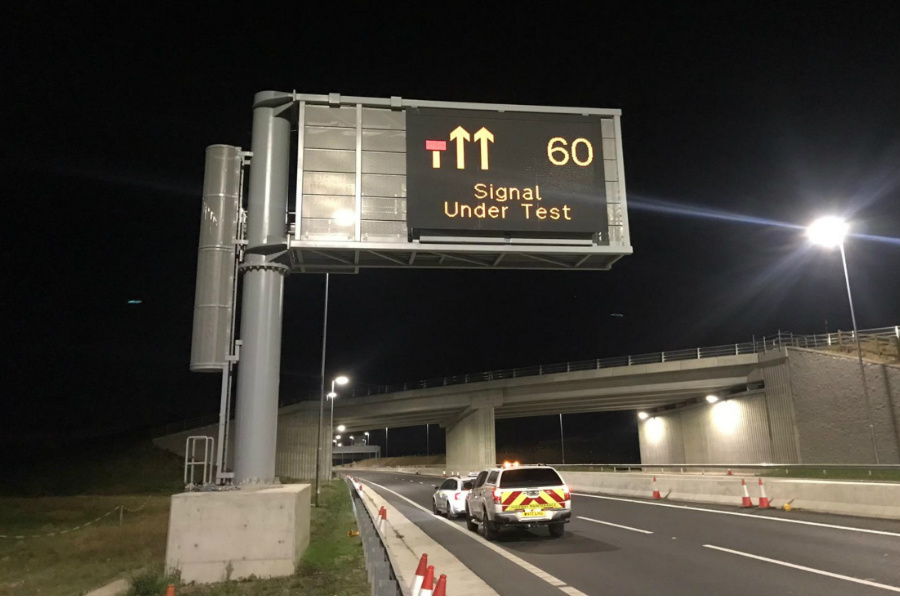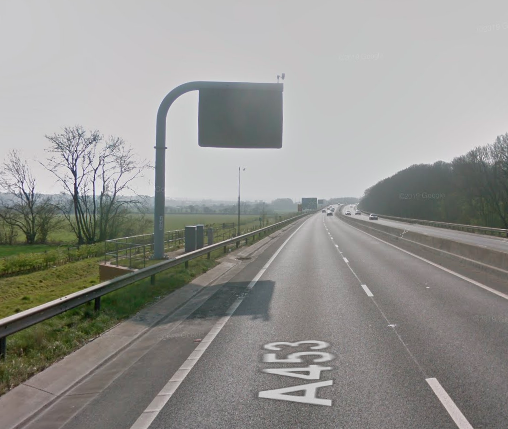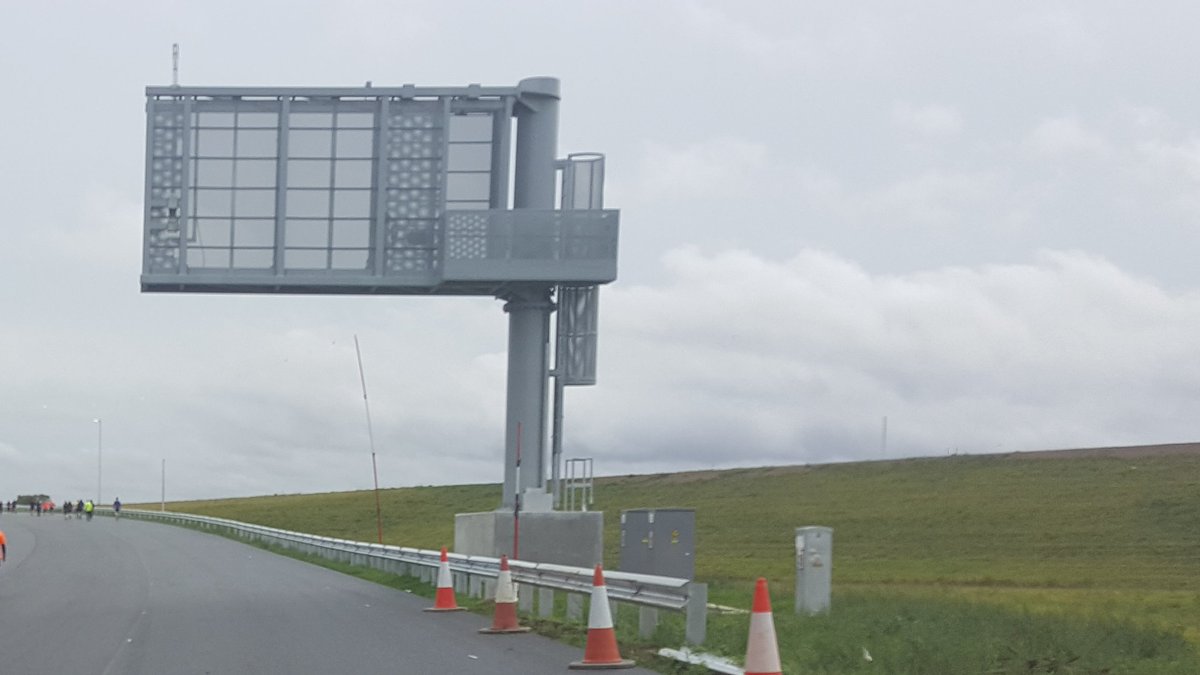
This weekend #engineering talk on....cranes! Cranes are used widely however they are generally used for lifting heavy/awkward things, so their use is strictly controlled & planned to ensure it all happens safely 1/ 

Lifting operations in the UK are legislated by the Lifting Operations & Lifting Equipment Regulations 1998 - this is a UK law that governs how lifts are carried out, and places legal requirements on suppliers of cranes & those planning lifts 2/
LOLER has two main requirements 1) that the lifting equipment is safe for use, and 2) that the lift is planned & managed by competent persons 3/
1- Lifting equipment such as lifting tackle (chains, slings, hooks, shackles) must be thoroughly inspected every 6 months. Cranes, lifts that lift people (e.g manriding baskets) must be inspected every 6 months. Otherwise, cranes are thoroughly examined every 12 months 4/
That means that the lift in your apartment building or shopping centre is taken to bits and thoroughly examined every 6 months, including all rope, pulleys, sheaves, hooks, shackles & chains! This is all to prevent accidents and make sure everything is safe for use! 5/
2- "competent person" means you know what you're doing. People planning lifts are generally called the "Appointed Person (AP)" for the lift, and people supervising called "Crane/Lift Supervisors". Slinger/Signallers attached the chains and tell the crane driver where to go 6/
All these roles are legally specified although the terminology may differ. Again, this is to ensure only people properly knowledgeable, experienced and qualified are involved in lifts to keep everything safe. You can google 'lifts gone wrong' to see what happens... 7/
Cranes terminology as per diagram below: The slew ring is the centre of the turntable, also the base point of the boom (long extendable stick thingy) - jib is end of the boom the hook & rope dangles from) - outriggers stick out to keep the crane stable 8/ 

Some basic maths: Moment = load x distance. The load is weight of what we're lifting. Distance is the radius, horizontal distance from centre of slew ring to centre of load/hook block/jib. The moment is rotating force that wants to make the crane tip over. 9/ 

Therefore a great load or distance (the boom being further out) means a greater load. So the smaller the radius, the great load a crane can lift. The crane manufacturers publish charts that show this. See how load capacity decreases as radius increases 10/ 

So all that load x distance is putting large load on the crane, and the crane sits on the ground. This is called the bearing pressure of crane on the ground. Pressure = force/area. So the crane uses outriggers (stabilisers) to increase/spread area of crane to reduce pressure 11/
The outriggers can then sit on mats to further increase the area and spread the load - this is a 1000t crane (max capacity crane can lift) and the outrigger mats are 5m long and needed a separate crane to lift them into position! 12/ 

Cranes come in all shapes and sizes - an excavator can be used as a crane - did you know over 50% of excavators are used more lifting than for digging? This is a 25t excavator lifting in a formwork shutter (regular readers should recognise the location) 13/ 

Some cranes are static, some are mobile, some can do 'pick & carry duties' i.e they can lift a load and travel with it - crawler cranes are great for this. They don't have outriggers because the crawler tracks spread the load widely instead. Here's a 60t crawler for piling 14/ 

Here's two cranes working on the Girton bridge on the A14 - an 80t crawler and a 60t mobile. See the small round nylon mats on the mobile crane (yellow)! The boom was nearly 100m long on the crawler (in blue). Ground all built solidly to ensure cranes don't topple over! 15/ 



50t mobile crane lifting in a new gantry for an exit sliproad. The lifting 'tackle' is the upside-down V-shape slings connecting the hook block to specially-designed & manufactured lift points on top of the gantry, in case the gantry needs to be removed in the future 16/ 



500t crane lifting in a superspan Smart Motorway gantry. The 500t crane is so big it takes 3hrs to rig (set-up) and needed a 40t auxiliary crane to lift the mats and counterweight/ballast! 17/ 



Same gantry - look at the bend in the boom! This is normal, it's made from metal, and metal flexes, but very unnerving to see...😅 the 50t is small enough to self-rig itself and doesn't need any help. 18/ 

More big cranes, here the large crane (in red) is lifting the main beam which is 35m in length and fabricated in Nottingham, meanwhile the auxiliary crane (yellow) is preparing the smaller transverse beams to be lifted. Careful coordination when 2 cranes this close! 19/ 



Ok I'm spoiling you guys now - 150t, 180t, 50t, lifting in beams & shutters of various sizes for bridges. The slings (bright orange) are hundreds of steel strands wrapped in nylon protective bagging to stops them getting damaged by rubbing/catching on things 20/ 







Here's the Baldwins 1000t again - this took a full day to rig, and was lifting a pair of beams at a time across the M1. Uses a lattice boom (like a mini-truss) because we all know triangles are stronger. Red light to warn aircraft due to nearby busy airport! 21/ 







This is a mobile all-terrain crane called a MERLO - similar principle to a telehandler but has a winch so can lift tings up and down - outriggers go out in under 60 seconds and can carry pallets on forks or use winch to lift things. Very expensive, but worth it, great bit of kit. 

180t crane lifting in a Warren truss single-span footbridge - a common design also seen on roads like the A46 Newark-Widmerpool. Footbridges made in Kent. 22/ 





You can even set up cranes ON bridges! This was used to remove a temporary access to allow all of the brick cladding to be done over a live canal. A wide load required a lifting beam to spread the chains wider, they should never be more than 0-30degrees. 23/ 



Here's an extract of the Lift Plan - doc detailing the lift, specifying all the factors & loads I've previously mentioned. This crane used two setups hence two crane positions shown on Plan view. 78% capacity (load divided by capacity, generally 80% or less is safe) 24/ 



Biggest crane in the world, the 5000t-behemoth that is Big Carl, is in Somerset currently, working on the new nuclear power station at Hinckley Point C. Look at the size of the counterweight (to stop him toppling over), on a superlift tray 25/
bbc.co.uk/news/uk-englan…
bbc.co.uk/news/uk-englan…
The pictures from Hinkley Point C are insane, I can't even count how many tower cranes there are there and I'd hate to be the crane supervisor for that site - the 1st pic looks like a futuristic space port! (pictures sarens.com/about/news/wor…) 26/ 



I'm talking cranes this weekend because I'm lifting in bridge beams on the first half of my latest bridge, expect plenty of behind-the-scenes pics throughout the week! If you aren't already following, @Katie_Cranes is a prominent crane op in Twitter. Hope you enjoyed ENDS/
@threadreaderapp unroll please
• • •
Missing some Tweet in this thread? You can try to
force a refresh

















